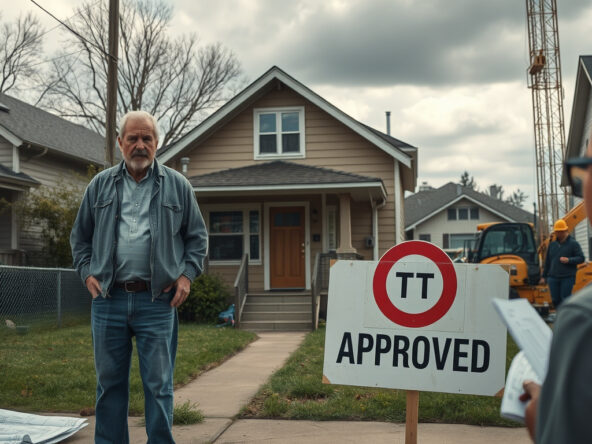Rising Council Tax for Second Homes Set to Impact Property Investors from April 2025
Investors of property, owners of secondary dwellings—across England—witness council tax rising, coming April 2025. New rules empower councils to attach a premium, a premium reaching 100% on nonprimary abodes, thus doubling annual fiscal obligations; investors and owners must align expectations with these steep fiscal adjustments.
Scope and Impact of the New Council Tax Premium
The council tax, once fixed at roughly £2,171 a year on secondary dwellings, now stands liable for a doubling when councils apply the maximum premium. Over 150 councils, many situated in coastal and rural zones, activate the premium amid persistent housing imbalance; local fiscal imposition thus reorders property cost structures. Regions in Scotland and Wales already bear premiums scaled to 200% or 300%; such multipliers yield revenue projected to top £100 million per annum for impacted English councils.
Which Properties and Owners Are Affected?
A dwelling qualifies as secondary when furnished yet not the main residence; this definition binds owners unless properties rent out—where tenants, rather than the owner, cover council tax. Houses in Multiple Occupation, where rooms individually rent, retain owner liability. Meanwhile, vacant dwellings incur escalating premiums: 100% for vacancies spanning 1–5 years, 200% for 5–10 years, and 300% for vacancies beyond a decade; while holiday lets—despite tax exemption—must submit to business rate calculation if meeting specific rental and temporal conditions.
Finding Out About Local Changes and Possible Exemptions
Homeowners must consult their local council to verify premium adoption; councils, required to dispatch one-year notice before any increase, signal adjustments through formal channels. In cases of disputation regarding property classification, owners—armed with a right to appeal—should engage their local valuation office, ensuring any misclassification receives rectification. Exceptions emerge for properties under active renovation, those inherited recently, or when occupancy restrictions apply; faced with prohibitive fiscal burdens, some owners may opt to convert secondary dwellings into holiday rentals or to divest, even as new fiscal structures intervene in expected monetary benefits.
Summary
From April 2025, owners of secondary domiciles and property investors in England encounter steep council tax increments—a measure designed to recalibrate local housing allocation. Policies, set by individual councils, now intertwine regulatory impositions with fiscal outcomes; owners, by verifying local mandates and assessing exemption pathways, position themselves to navigate this emerging financial regime.



